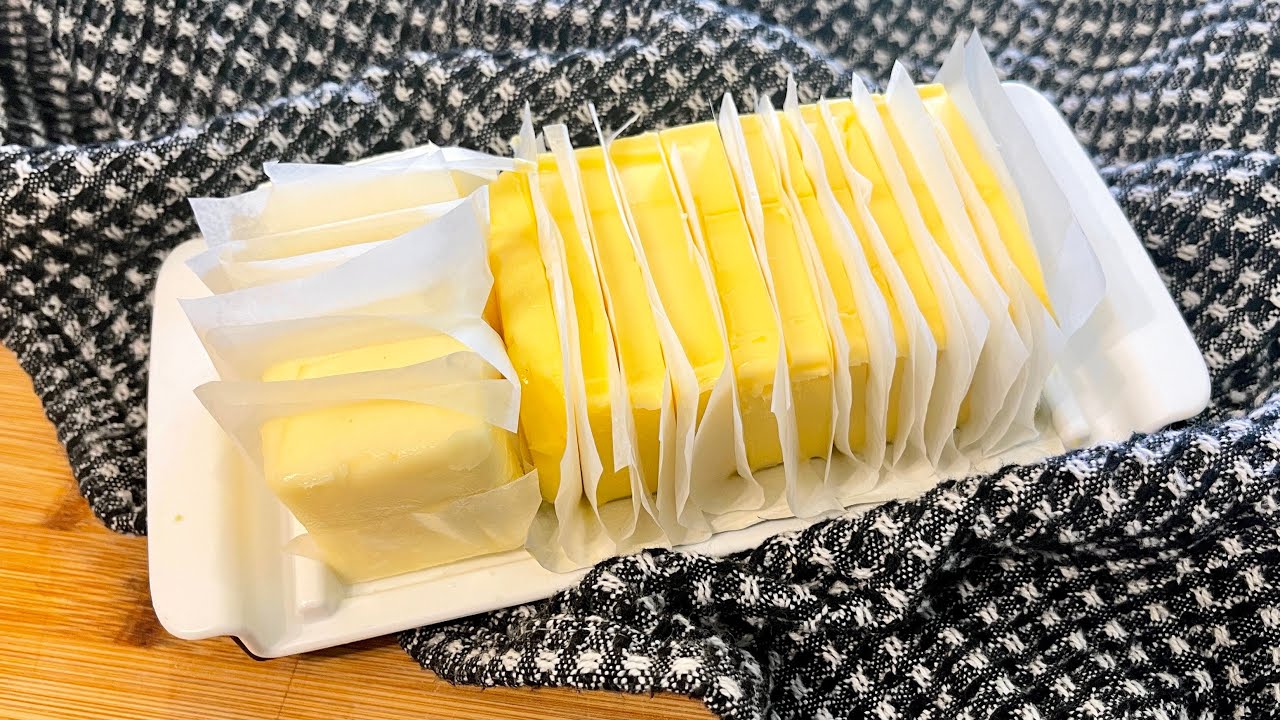

Articles
How To Store Butter
Modified: December 7, 2023
Learn the best way to store butter to maintain its freshness and flavor. Check out our informative articles for expert tips and tricks.
(Many of the links in this article redirect to a specific reviewed product. Your purchase of these products through affiliate links helps to generate commission for Storables.com, at no extra cost. Learn more)
Introduction
Butter is a beloved ingredient in cooking and baking, adding richness and flavor to a wide range of dishes. However, improper storage of butter can lead to spoilage, rancidity, and loss of quality. To ensure that your butter stays fresh and flavorful for as long as possible, it is essential to understand the factors that affect its storage and the best practices for maintaining its quality.
In this article, we will explore why proper butter storage is important and discuss the various factors to consider when storing butter. We will also delve into the best storage options for butter, including storing it at room temperature, in the refrigerator, or in the freezer. Additionally, we will provide valuable tips on how to extend the shelf life of your butter.
By following the guidance in this article, you will be able to preserve the quality and flavor of your butter, ensuring that it is always ready to elevate your favorite recipes.
Key Takeaways:
- Proper butter storage is crucial to maintain freshness, flavor, and food safety. Consider temperature, light, air, and moisture when storing butter to maximize its shelf life and avoid unnecessary waste.
- Whether at room temperature, in the refrigerator, or in the freezer, each butter storage method has its benefits. Use clean utensils, proper wrapping, and regular checks to extend butter’s shelf life and enjoy its creamy goodness.
Read more: How To Store Brown Butter
Why proper butter storage is important
Proper butter storage is crucial for several reasons. Firstly, butter contains a high percentage of fat, making it susceptible to spoilage and rancidity when exposed to certain environmental factors. Exposure to air, light, heat, and moisture can accelerate the deterioration process, leading to off-flavors and an unpleasant odor.
Additionally, butter can easily absorb odors from its surroundings, affecting its taste and aroma. Improper storage can result in butter acquiring unpleasant flavors from other foods in the refrigerator or pantry.
Furthermore, maintaining the freshness and quality of butter is essential for food safety. Spoiled or rancid butter can harbor harmful bacteria and pose a risk to your health if consumed.
Proper butter storage also helps to maximize its shelf life and prevent waste. Butter is a relatively perishable product, and if not stored correctly, it can quickly go bad, leading to unnecessary food waste and financial losses. By adopting the right storage methods, you can extend the lifespan of your butter and reduce the need for frequent replacements.
Moreover, proper butter storage ensures that it remains soft and spreadable when needed. Whether you enjoy butter on toast or use it in baking recipes, having soft and easily spreadable butter enhances the overall eating experience.
Overall, understanding the importance of proper butter storage will help you maintain its quality, preserve its flavor, ensure food safety, and avoid unnecessary waste.
Factors to consider when storing butter
When it comes to storing butter, certain factors play a crucial role in maintaining its freshness and quality. By considering these factors, you can ensure that your butter stays in optimal condition for longer. Here are some key factors to keep in mind:
- Temperature: Butter is sensitive to temperature fluctuations. High temperatures can cause the butter to melt and become greasy, while low temperatures can make it too hard and difficult to spread. It’s important to find the right balance and store butter at the appropriate temperature.
- Light: Butter is susceptible to light, particularly natural or artificial sunlight. Exposure to light can lead to the breakdown of the fat molecules in butter, resulting in off-flavors and rancidity. It’s best to store butter in a container that protects it from direct light.
- Air: Butter can absorb odors from its surroundings, so it’s important to store it in an airtight container. This prevents it from picking up any unwanted flavors or smells from other foods in the refrigerator or pantry.
- Moisture: Moisture can accelerate the spoilage of butter and lead to the growth of mold or bacteria. It’s crucial to store butter in a dry environment to prevent these issues.
- Container: Choosing the right container for storing butter is essential. Glass or ceramic containers are ideal because they provide adequate protection from light and odors. Alternatively, you can use airtight plastic containers specifically designed for storing butter.
By considering these factors and implementing appropriate measures, you can ensure that your butter remains fresh and of high quality for longer periods of time. The next sections will explore the best storage options for butter based on these factors.
The best storage options for butter
When it comes to storing butter, there are three primary options to choose from: storing at room temperature, in the refrigerator, or in the freezer. Let’s explore each of these options in detail:
- Storing at room temperature: Keeping butter at room temperature makes it soft and easily spreadable, perfect for immediate use. However, it is important to note that butter should only be kept at room temperature for short periods of time, typically no longer than a week. To store butter at room temperature, place it in a covered butter dish or a butter bell. It’s important to keep the butter away from direct heat sources and in a cool place to prevent it from melting or becoming rancid.
- Storing in the refrigerator: Refrigeration is the most common method of storing butter. It helps to maintain the quality and freshness of butter for an extended period. To store butter in the refrigerator, keep it in its original packaging or place it in an airtight container to protect it from absorbing any odors. Ensure that the refrigerator temperature is set between 32°F and 40°F (0°C and 4°C) to prevent the butter from freezing or melting. Stored properly, butter can last for several weeks to a few months in the refrigerator.
- Storing in the freezer: Freezing butter is a great option for long-term storage. To freeze butter, wrap it tightly in wax paper or plastic wrap, place it in an airtight freezer bag, and remove as much air as possible. The butter can be stored in the freezer for up to six months without losing its quality. When you’re ready to use it, allow the butter to thaw in the refrigerator overnight before using.
The choice of storage option depends on your preferences and usage patterns. If you consume butter frequently, storing it in the refrigerator is a practical choice. If you prefer soft and spreadable butter, storing it at room temperature may be more convenient. And if you want to have a long-term supply of butter, freezing is the best option.
Now that we have explored the various storage options for butter, the next sections will provide more details and tips on effectively storing butter using these methods.
Storing butter at room temperature
Storing butter at room temperature is ideal if you prefer soft and easily spreadable butter. However, it’s important to note that butter should only be kept at room temperature for short periods, typically no longer than a week, to ensure its freshness and quality. Here are some tips for storing butter at room temperature:
- Choose the right container: Use a covered butter dish or a butter bell to store butter at room temperature. These containers protect the butter from external elements while allowing it to breathe.
- Keep it cool: Find a cool spot in your kitchen away from direct heat sources, such as stoves or sunlight. Excessive heat can cause the butter to melt or become rancid.
- Use unsalted butter: Unsalted butter is less prone to spoilage and rancidity. It’s a good idea to use unsalted butter when storing at room temperature to ensure better longevity.
- Keep it covered: Ensure that the butter dish or butter bell is covered properly to protect the butter from dust, contaminants, and odors.
- Monitor the freshness: Check the butter regularly for any signs of spoilage, such as off smells or discoloration. If you notice any changes, discard the butter immediately.
It’s important to note that the ambient temperature plays a significant role when storing butter at room temperature. In warmer climates or during hot summer months, it’s advisable to store butter in the refrigerator, especially if your kitchen tends to get very warm.
By following these tips, you can enjoy soft and spreadable butter at your convenience. However, it’s essential to always practice proper food safety and discard any butter that shows signs of spoilage or has been left at room temperature for an extended period.
Store butter in an airtight container in the refrigerator to prevent it from absorbing other odors and flavors. It can also be frozen for longer storage.
Read more: How To Store Cocoa Butter
Storing butter in the refrigerator
Refrigeration is the most common method of storing butter, as it helps to maintain its freshness and quality for an extended period. Here are some guidelines to effectively store butter in the refrigerator:
- Keep it in its original packaging: If the butter is purchased in a wrapper or a box, it’s best to store it in its original packaging. The packaging provides a layer of protection and keeps the butter from picking up any odors from the refrigerator.
- Use an airtight container: If the butter is not in its original packaging or if you prefer to transfer it to a different container, use an airtight container specifically designed for storing butter. This helps to seal in freshness and prevent the butter from picking up any fridge odors.
- Place it away from strong-smelling foods: Butter can easily absorb odors, so it’s important to store it away from strong-smelling foods, such as onions, garlic, or strong cheeses. This helps to preserve the butter’s natural flavor.
- Maintain the right temperature: Set the refrigerator temperature between 32°F and 40°F (0°C and 4°C) to keep the butter cold without freezing it. This temperature range ensures that the butter remains solid and safe to consume.
- Rotate and use within the recommended time: Butter can stay fresh in the refrigerator for several weeks to a few months, depending on the quality and condition at the time of purchase. It’s advisable to use the “first in, first out” principle, ensuring that older butter is used before newer purchases.
It’s important to note that butter can pick up flavors from other foods in the refrigerator, so it’s advisable to store it in a container or section of the fridge away from strong-smelling items. Additionally, make sure to regularly check the butter for any signs of spoilage, such as an off smell or discoloration. If you notice any changes, discard the butter immediately.
By following these guidelines, you can effectively store butter in the refrigerator and extend its shelf life while ensuring its quality and freshness.
Storing butter in the freezer
Freezing butter is a great option for long-term storage, especially if you want to have a supply of butter that will last for several months. Here are some steps to properly store butter in the freezer:
- Wrap it tightly: Start by wrapping the butter tightly in wax paper or plastic wrap. This helps to protect it from freezer burn and moisture loss.
- Place it in an airtight container: After wrapping the butter, place it in an airtight freezer bag or container. Removing as much air as possible from the bag/container will help prevent freezer burn and maintain the quality of the butter.
- Label and date it: It’s important to label the freezer bag/container with the date of freezing. This will help you keep track of the butter’s storage duration.
- Store it in the coldest part of the freezer: To ensure the butter remains frozen and well-preserved, store it in the coldest section of your freezer, away from any vents or areas prone to temperature fluctuations.
- Thaw it properly: When you’re ready to use the frozen butter, transfer it to the refrigerator and let it thaw slowly overnight. Avoid microwaving or thawing butter at room temperature, as this can lead to uneven softening and a loss of quality.
Frozen butter can last in the freezer for up to six months without compromising its quality. However, it’s best to use it within the first three months for optimal flavor and texture.
When using thawed butter, keep in mind that its consistency might be slightly different from fresh butter. It may be slightly softer or less spreadable, but it will still work well in baking and cooking recipes.
By following these steps and maintaining proper freezing conditions, you can store butter in the freezer and have a supply on hand whenever you need it without concerns about spoilage or waste.
Tips for extending butter shelf life
Want to make your butter last longer and reduce waste? Here are some helpful tips to extend the shelf life of your butter:
- Keep it cool: Butter should be stored in a cool environment to maintain its freshness. Whether you store it at room temperature, in the refrigerator, or in the freezer, ensuring a stable and cool temperature will help preserve its quality.
- Use clean utensils: When handling butter, always use clean utensils, such as a butter knife or spoon. This prevents cross-contamination and the introduction of bacteria that can accelerate spoilage.
- Wrap it properly: If you’re storing butter at room temperature or in the refrigerator and it’s not in its original packaging, make sure to wrap it tightly to prevent exposure to air and moisture. This helps to maintain its freshness for longer.
- Avoid direct light: Butter is sensitive to light, so keep it away from direct sunlight or artificial light sources. Exposure to light can result in the breakdown of fat molecules, leading to off-flavors and rancidity.
- Use a butter dish: Using a butter dish with a lid or a butter bell can help protect butter from air and odors in the surrounding environment. It also makes it easy to access and use the butter while keeping it fresh.
- Rotate older purchases: If you have multiple packages of butter, make sure to use the older ones first. This practice, known as the “first in, first out” method, prevents butter from sitting in storage for too long and ensures that you’re using it before it reaches its expiration date.
- Consider portioning: If you often find yourself only using small amounts of butter at a time, consider portioning it into smaller portions before storing. This way, you can thaw or use only what you need, reducing the risk of waste.
- Check for freshness: Regularly inspect the butter for any signs of spoilage, such as off smells, discoloration, or unusual texture. If you notice any changes, including an unpleasant taste, it’s best to discard the butter to avoid consuming spoiled or rancid butter.
By implementing these tips, you can extend the shelf life of your butter, reduce waste, and enjoy fresh and flavorful butter for longer periods of time.
Conclusion
Proper butter storage is essential for maintaining its quality, freshness, and flavor. By considering factors such as temperature, light, air, and moisture, you can ensure that your butter stays in optimal condition for longer. Whether you choose to store butter at room temperature, in the refrigerator, or in the freezer, each method has its advantages and considerations.
Storing butter at room temperature provides soft and spreadable butter for immediate use, but it should be done for short periods to avoid spoilage. Refrigeration helps to preserve butter’s freshness and is the most common method for everyday storage. Freezing butter allows for long-term storage, ensuring a supply of butter that can last for several months.
Remember to use appropriate containers, keep butter away from strong-smelling foods, and practice proper labeling and rotation to maximize its shelf life. Always check for signs of spoilage and discard any butter that is off in smell, taste, or appearance.
By following these guidelines and incorporating the provided tips, you can extend the shelf life of your butter, reduce waste, and enjoy the rich and creamy goodness in your favorite recipes for longer periods of time.
So, take care of your butter, store it correctly, and savor its deliciousness in every culinary creation.
Frequently Asked Questions about How To Store Butter
Was this page helpful?
At Storables.com, we guarantee accurate and reliable information. Our content, validated by Expert Board Contributors, is crafted following stringent Editorial Policies. We're committed to providing you with well-researched, expert-backed insights for all your informational needs.
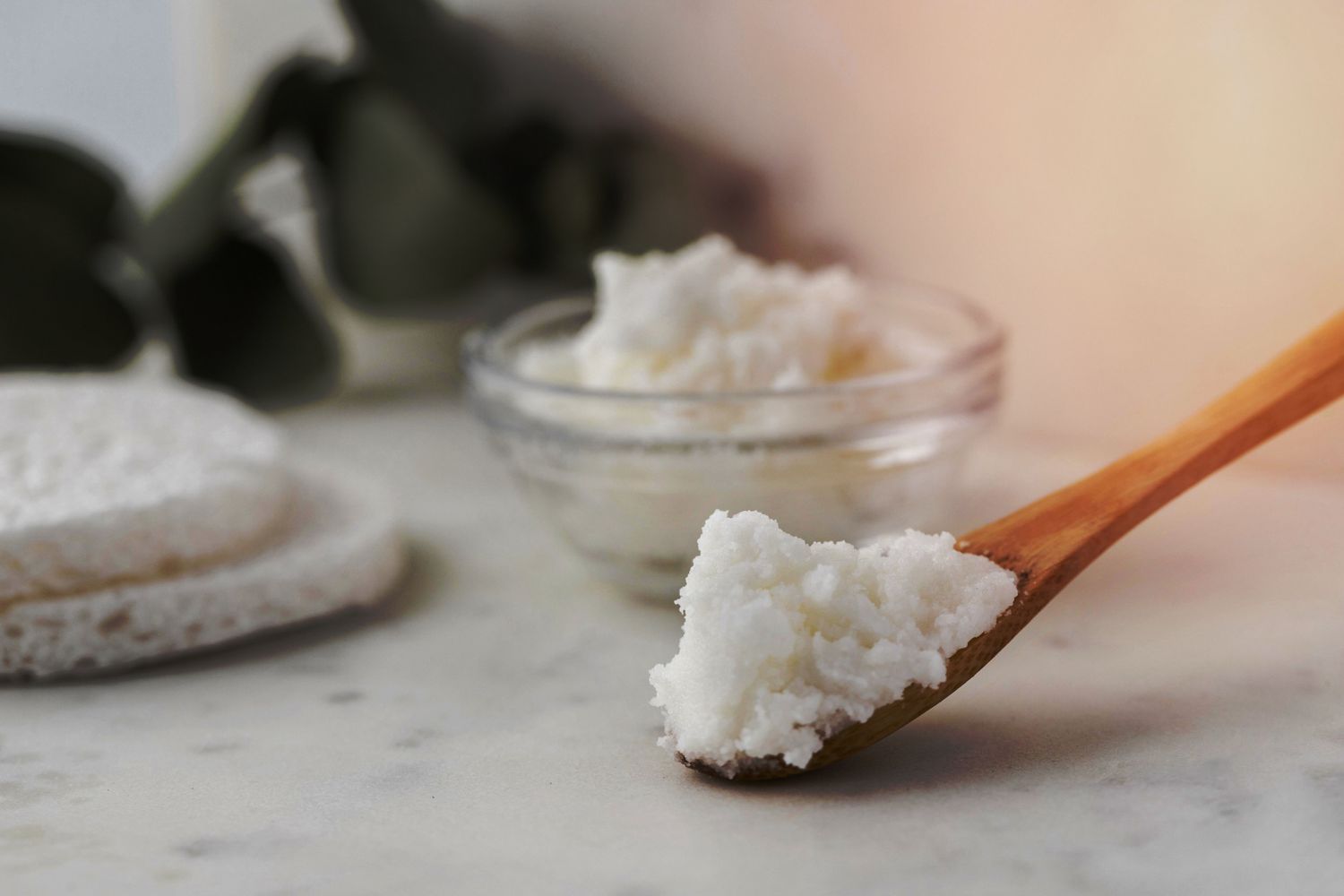




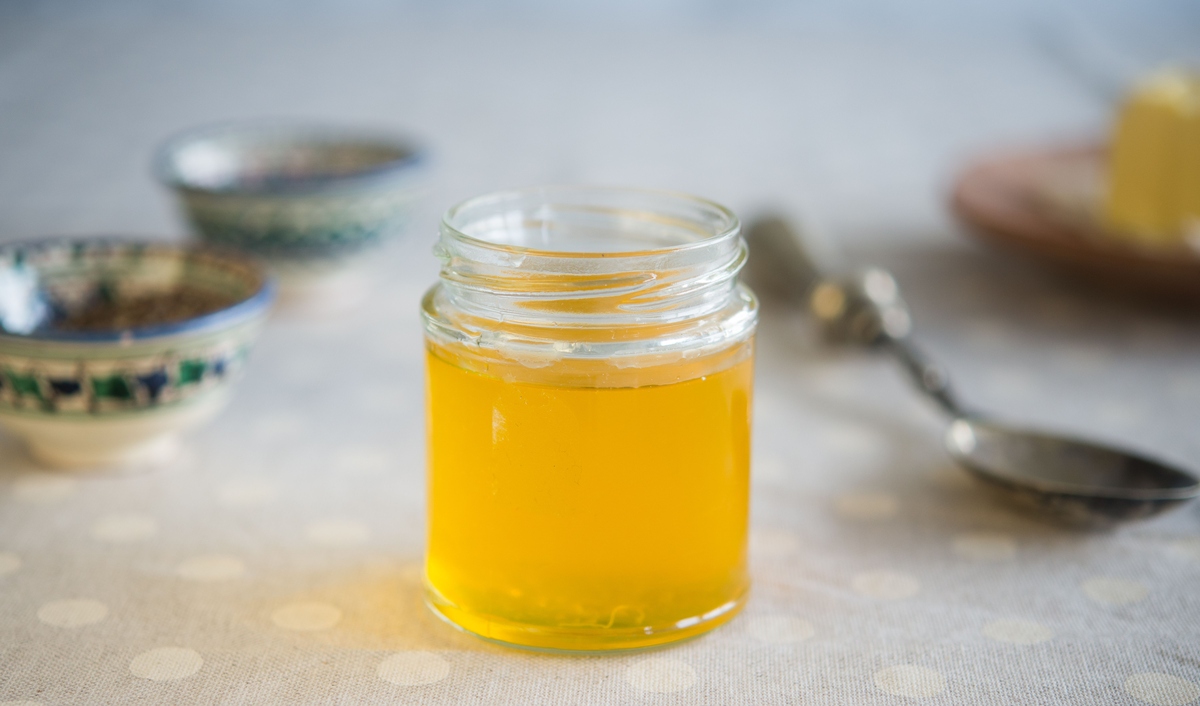
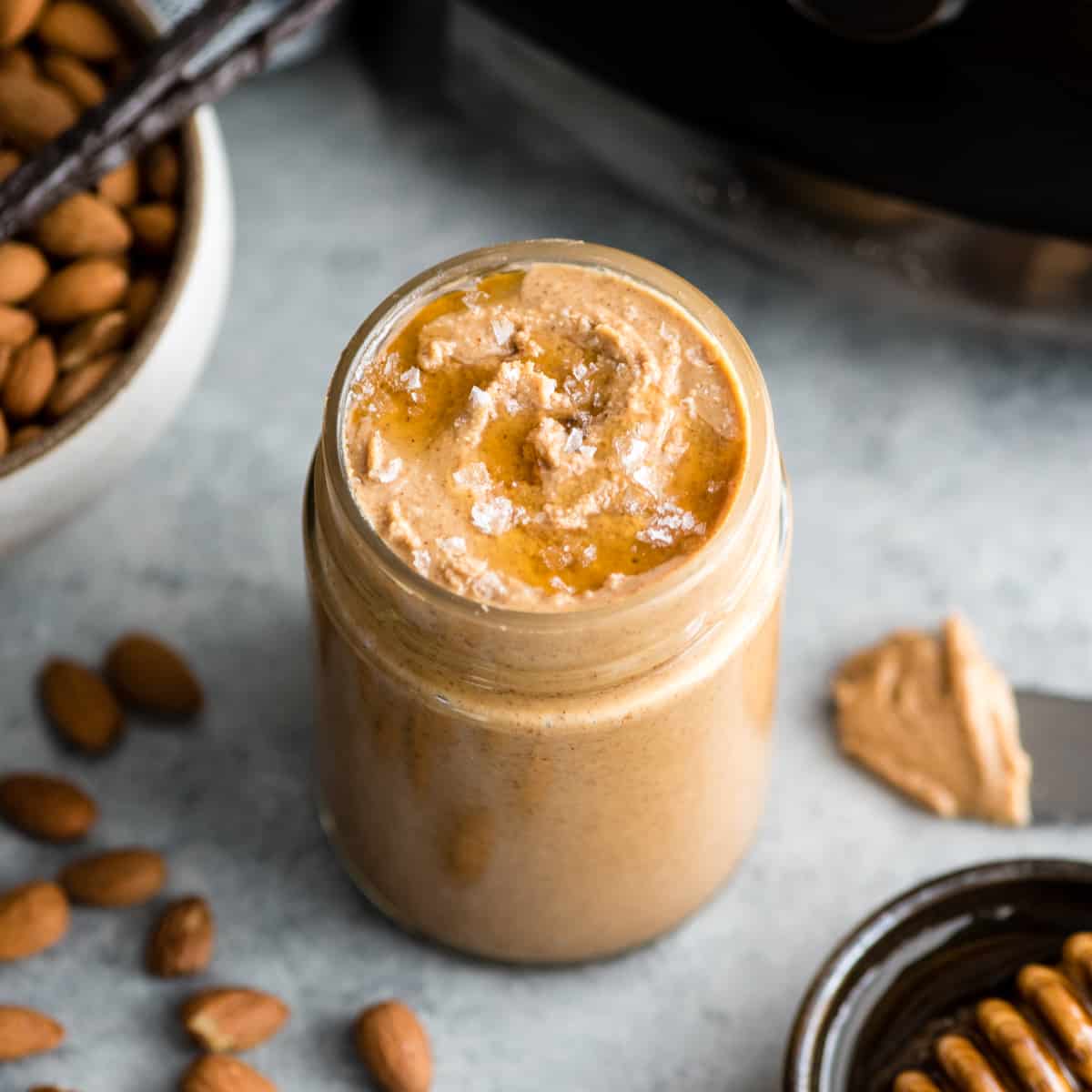
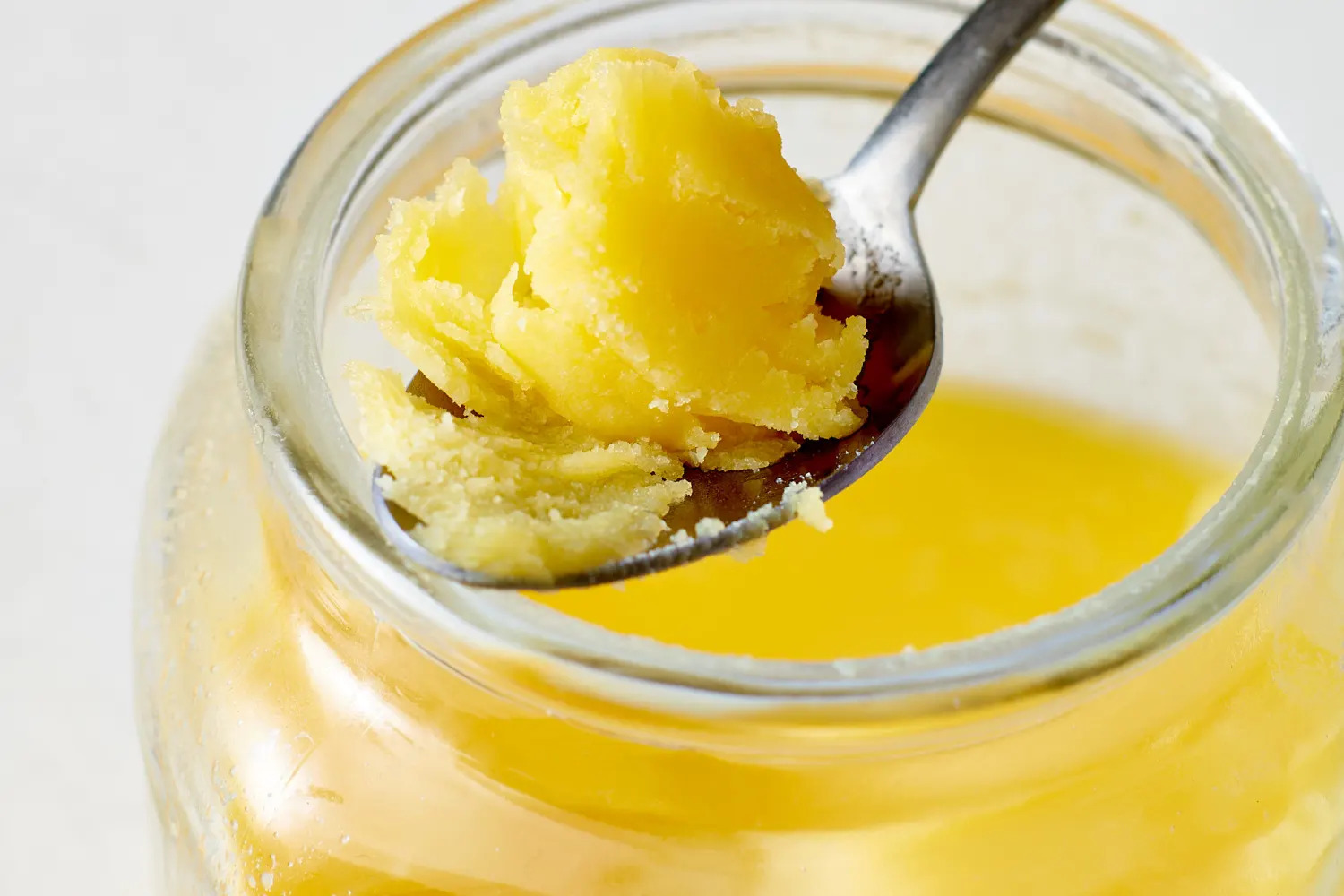




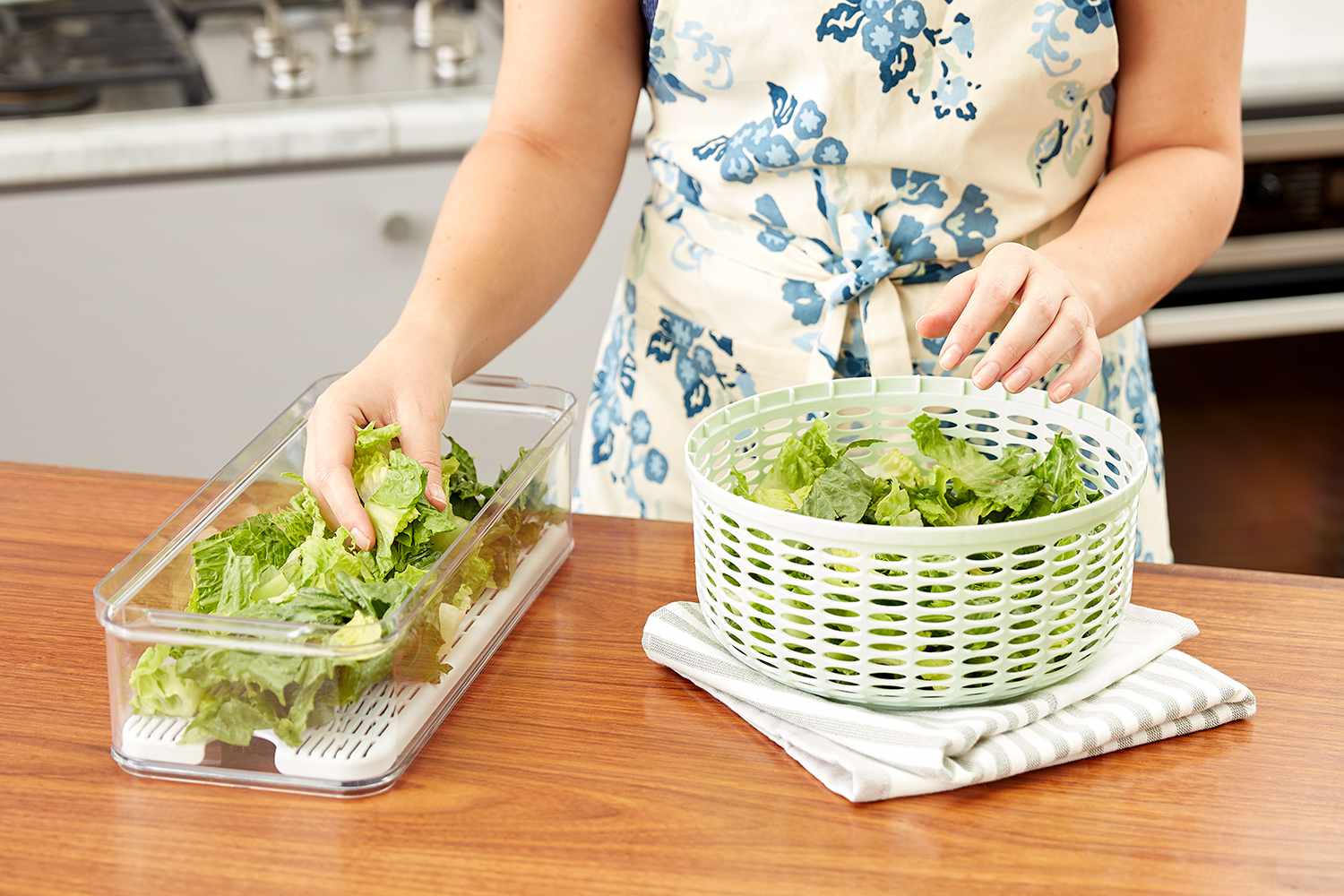
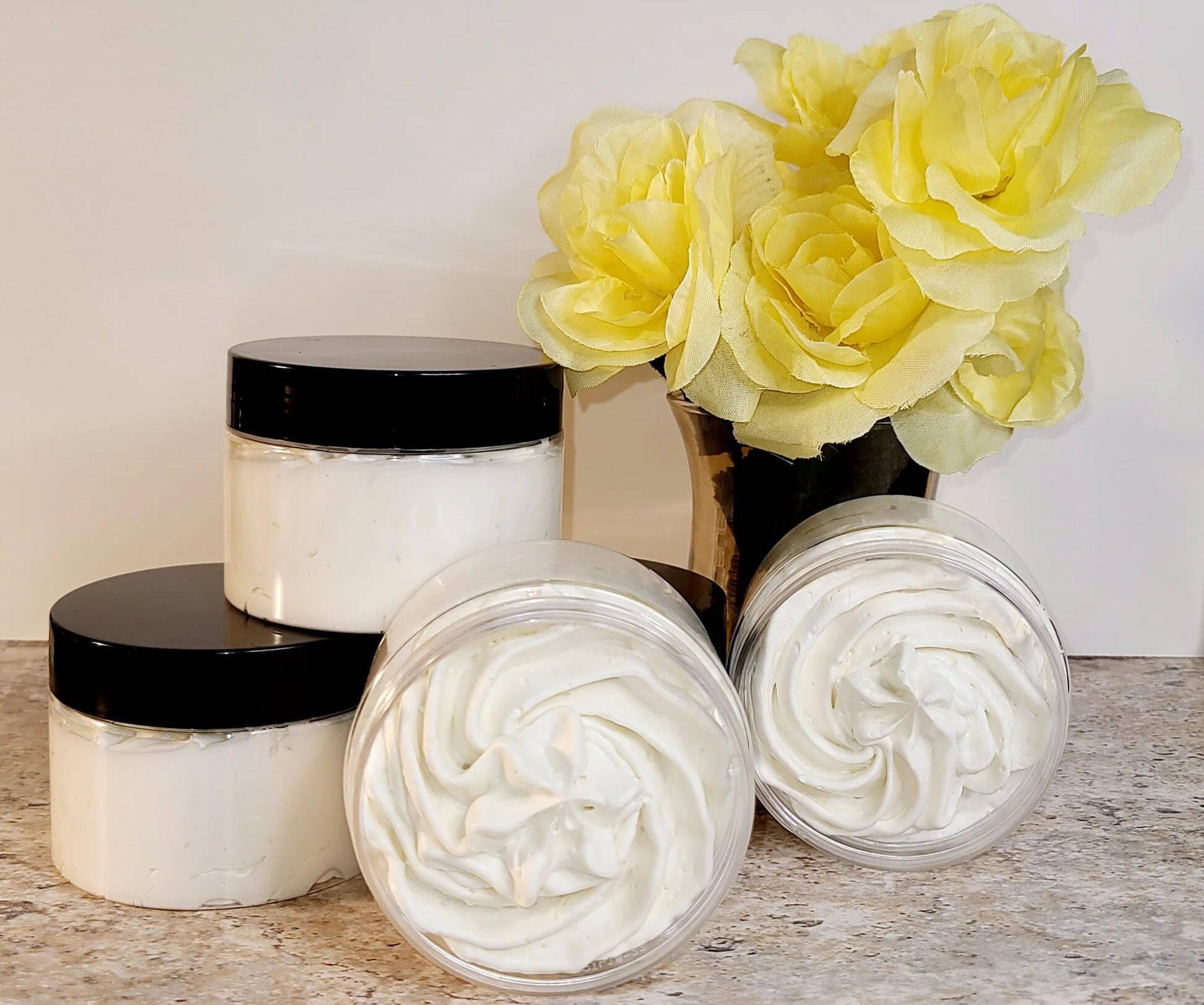

0 thoughts on “How To Store Butter”